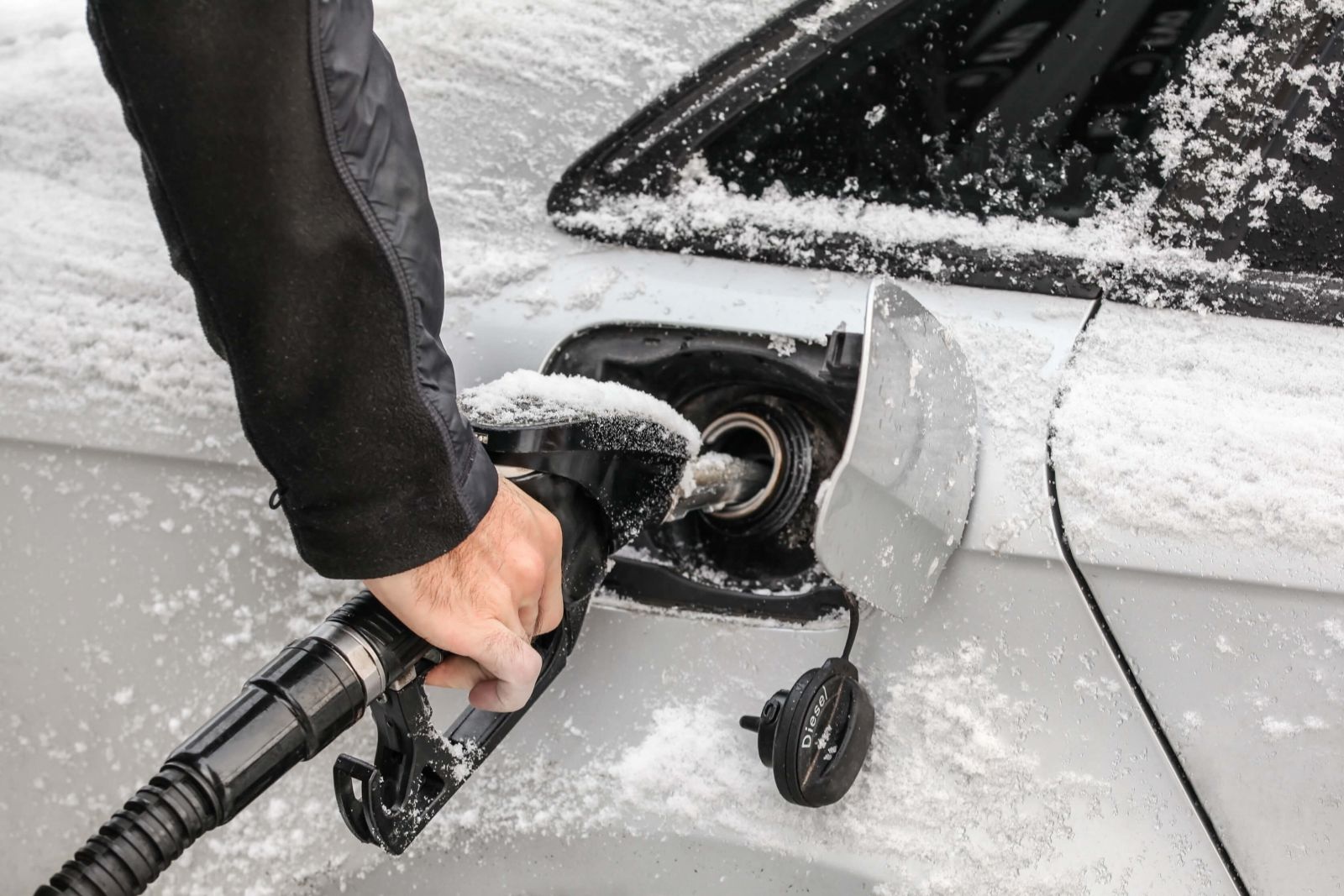Performance Fuels

Fill It Up Before Parking for the Winter?
- Category:
- Fuel Facts
by Classic Motorsports
Posted on 11/21/2024

A common question regarding wintertime storage of a car: Fill up the tank or not? Is it better to have that tank full of fuel or air? Well, we asked an expert, asked Zachary J. Santner, senior specialist of quality at Sunoco.
His first tip? Fill up the tank before any prolonged parking: “A full tank won’t have as much headspace and won’t breathe as much,” he says. That full fuel load will prevent moisture from condensing in the tank – moisture that can lead to stale fuel and corrosion. Whenever Santner has encountered a rusty gas tank, he says, the damage is usually found at the headspace.
“If you can,” he notes, “fill it up with non-ethanol.” Non-ethanol fuel is less likely to absorb moisture from the atmosphere than the ethanol-enriched fuel commonly found at the corner station. If you can’t find non-ethanol fuel, he continues, then fill up with premium. The higher-octane fuel is simply more stable, he explains, and won’t go stale as quickly as regular-grade fuel.
Sunoco’s Optima combines both of those properties into one fuel designed for longterm storage, he says. It’s a high-octane, oxygen-free fuel that’s packed with antioxidants and corrosion inhibitors. If you don’t have a fuel designed for storage handy, Santner suggests combining pump gas with a fuel additive – ideally one with an antioxidant package containing sterically hindered phenols. That info likely won’t show up on the safety data sheet, but he advises that the popular red additive does work well.
To properly mix the additive with the gas, first pour the additive into the tank. Then fill up the rest of the tank with gas.
Where the car sits also matters, says Santner. Storing the car in a garage will help keep moisture at bay. A climate-controlled garage is best, but any garage is better than outside.




